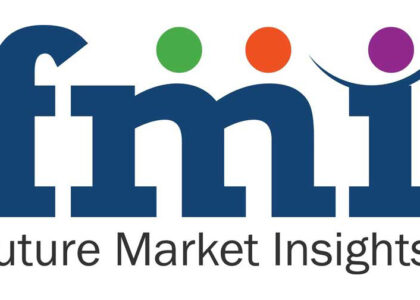The global process spectroscopy market is expected to grow steadily at a CAGR of 7.1% from 2022 to 2032. The market is anticipated to be worth US$19.2 billion in 2022. The Process Spectroscopy Market is anticipated to reach US$ 38.12 Billion by 2032 as a result of the rising demand in the global market.
Process spectroscopy uses spectroscopy, which is the study of how matter interacts with electromagnetic waves. Signals produced by a spectrometer can be used to conduct in-process and online measurements on a product sample. Near-infrared (NIR) spectroscopy, Fourier Transform infrared (FT-IR) spectroscopy, Raman spectroscopy, and other techniques are examples of spectrometry approaches. The signals generated are used to control or keep an eye on the product’s manufacturing process.
Process spectroscopy refers to the use of spectroscopic techniques for real-time monitoring and analysis of industrial processes. It is a non-destructive analytical method that can provide valuable information about the chemical and physical properties of materials and processes.
Request for a Sample of this Research Report:
https://www.futuremarketinsights.com/reports/sample/rep-gb-15310
Process spectroscopy is used in a wide range of industries, including pharmaceuticals, chemicals, food and beverage, and oil and gas. It can be used for quality control, process optimization, and environmental monitoring, among other applications.
There are several types of process spectroscopy, including infrared spectroscopy, Raman spectroscopy, and UV-Vis spectroscopy. Each technique has its own strengths and limitations, and the choice of technique depends on the specific application and the properties of the materials being analyzed.
The process spectroscopy market is expected to grow significantly in the coming years, driven by factors such as increasing demand for process optimization and the growing trend towards Industry 4.0 and smart manufacturing. The market is also being driven by the development of new technologies, such as hyperspectral imaging and terahertz spectroscopy, which offer improved sensitivity and resolution.
Competitive Landscape
Companies are working on lowering variable costs by reducing rework and errors. This equipment allows for efficient and productive monitoring and control, as well as quality control, which will boost process spectroscopy market share throughout the forecast timeframe. In order to obtain a competitive advantage, corporations have reduced their prices while increasing their quality.
- Agilent released new mass spectrometry and automation software solutions in 2021, including MassHunter Workstation Plus 11.0, MassHunter Networked Workstation 11.0, and MassHunter BioConfirm. The most recent version of this software ensures data integrity in accordance with US FDA and EU EMEA standards, including checksums, user management, tamper detection, and audit trails for Quantitative Analysis, MassHunter Acquisition, and MassHunter BioConfirm. The first shipments are scheduled for July, with quotations available in May.
Key Segments Covered in the Process Spectroscopy Market Report
Process Spectroscopy Market by Technology:
- Molecular
- Mass
- Atomic
Process Spectroscopy Market by Application:
- Polymer Production
- Water & Wastewater Treatment
- Oil & Gas
- Food & Agriculture
- Pharmaceutical Applications
- Metal & Mining
- Pulp & Paper
- Chemical Manufacturing
- Other Applications
Process Spectroscopy Market by Component:
- Hardware
- Software
Process Spectroscopy Market by Region:
- North America
- Latin America
- Europe
- Asia-Pacific
- MEA

